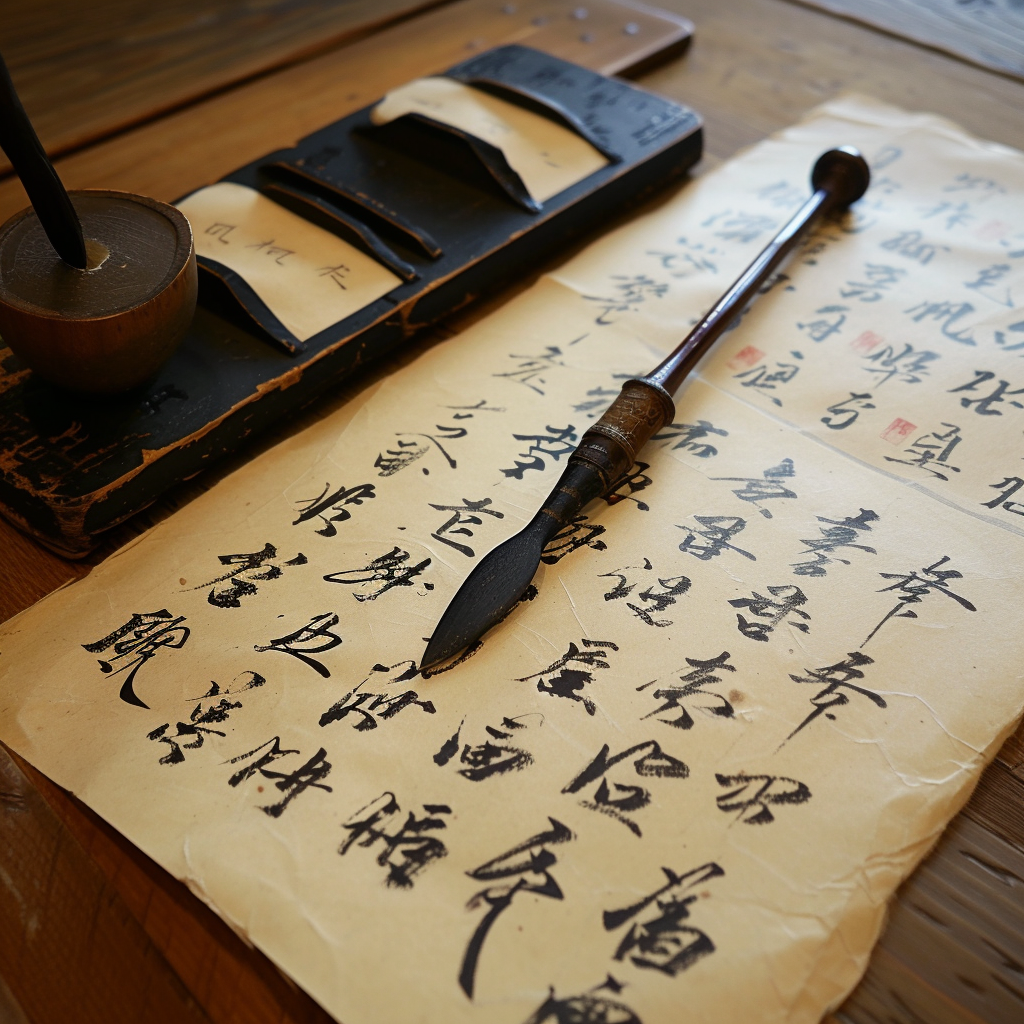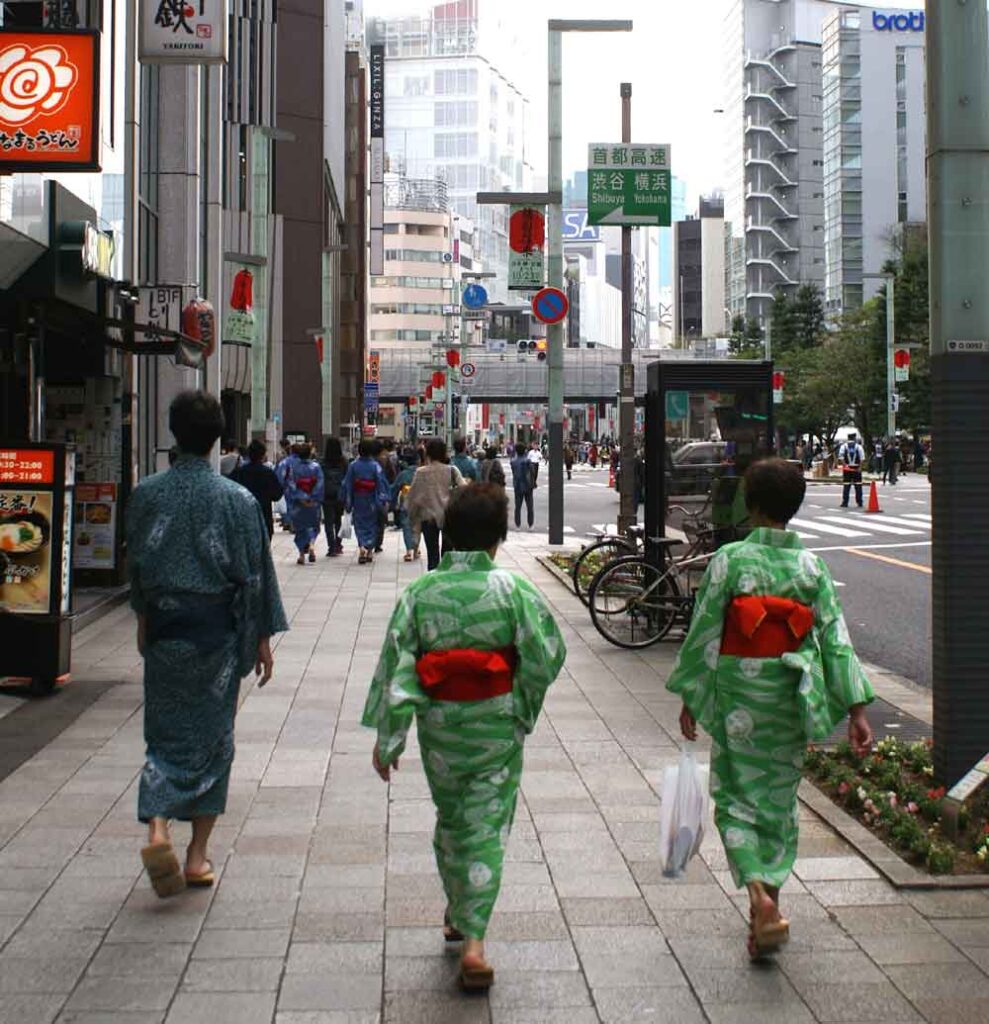The Kanji, these pictorial characters of Chinese origin, form a rich and complex universe within the Japanese language. More than just a writing system, kanji reflect the history, culture and aesthetics of Japan. This article offers an in-depth exploration of these characters, from their historical roots to their impact on Japanese society and language.
1. Origins and History:
These pictorial characters emerged in China millennia ago, but their introduction to Japan in the 5th century marked the beginning of their unique evolution. Thousands of characters were assimilated, each bearing traces of the history and cultural influences of the Middle Kingdom.
2. The Kanji and their Anatomy:
Each typeface is a complex work of art composed of strokes and radicals, these basic components that carry meaning. The visual structure of these pictorial characters provides a way to understand and remember these fascinating characters.
3. Diversity of Meanings:
With several thousand existing kanji, each character has its own meaning. Some are ideograms, while others symbolize abstract concepts. The association of these characters offers infinite semantic richness to the Japanese language.
4. Multiple Pronunciations:
Kanji have multiple readings, a feature that adds a layer of complexity to the Japanese language. Between the on’yomi and kun’yomi readings, each character resonates with different nuances and linguistic expressions.
5. The Kanji and their Place in Japanese Culture:
These pictorial characters transcend writing to become essential cultural elements. They permeate the art of calligraphy, adorn personal names, and are inscribed in signage. These pictorial characters are the graphic soul of Japan.
6. Learning Process:
Learning kanji is an essential step in mastering the Japanese language. Japanese schools have dedicated teaching programs, but these days, interactive apps and online resources make this learning easier to access.
7. The Kanji and their Contemporary Evolution:
Despite the rise of technology, this writing retains its cultural importance. Electronic input methods have transformed writing, but the beauty of this writing persists in calligraphy and everyday use.
Conclusion:
Kanji are much more than writing; they are bearers of meaning, guardians of history and cultural emissaries of Japan. To explore them is to immerse yourself in a unique linguistic and artistic dimension which defines the very essence of communication in the land of the rising sun.



